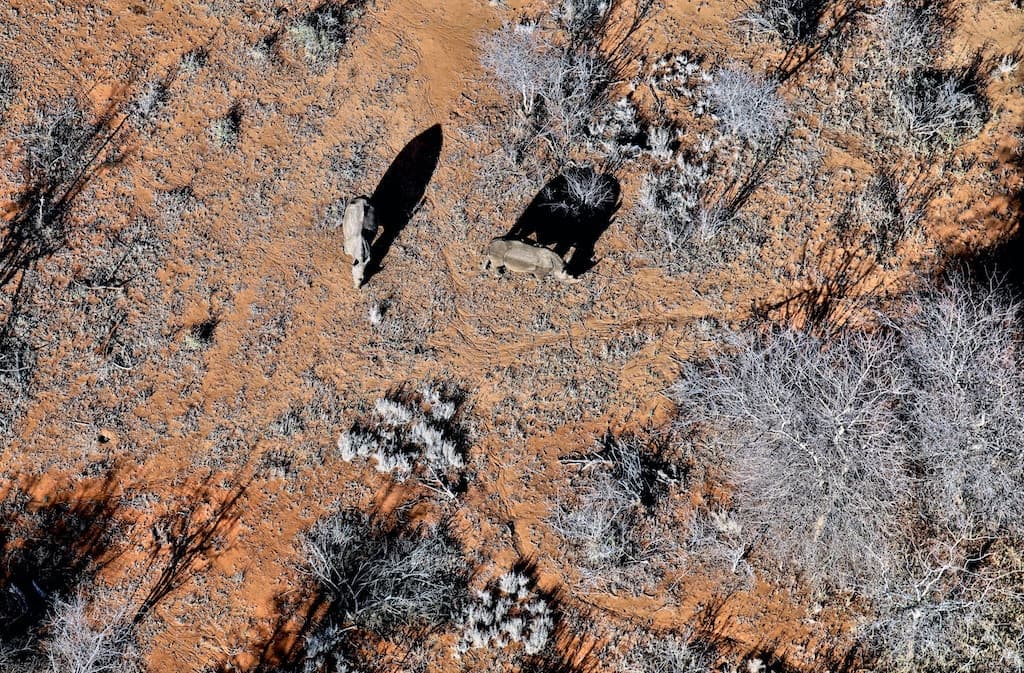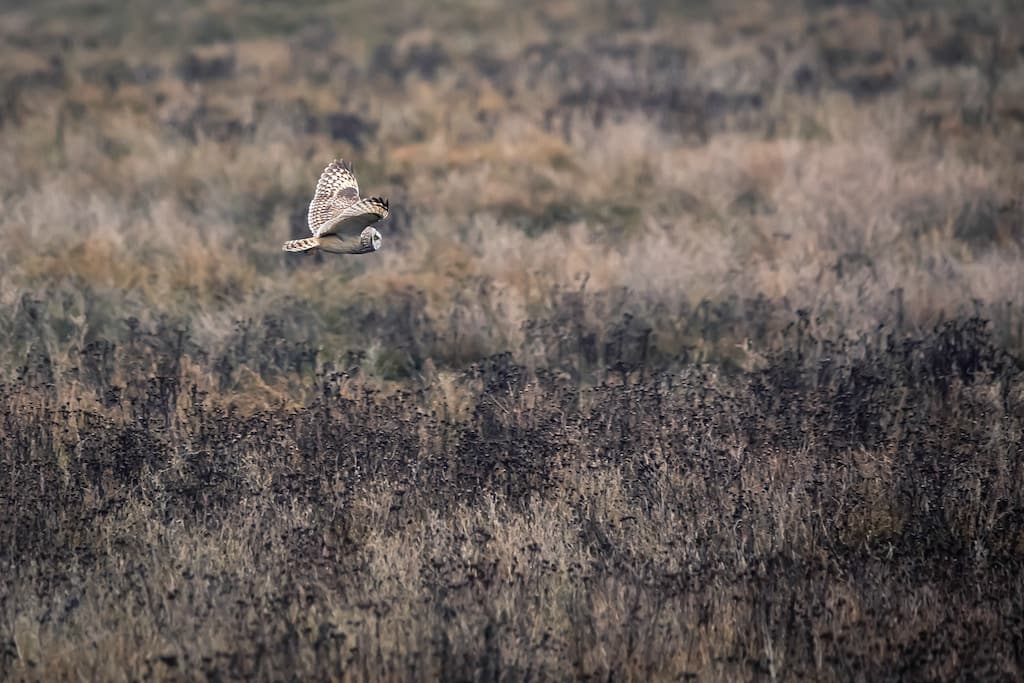Published May 09, 2023
Drones and Wildlife Conservation: A New Tool for Researchers
Drones are becoming an invaluable tool for wildlife researchers, aiding in conservation efforts and gathering critical data.

As technology advances, new tools and innovations emerge in a variety of fields, including wildlife conservation. Drones have received a lot of attention in recent years as a valuable tool for researchers and conservationists. Drones have transformed the way researchers study and protect wildlife by capturing aerial imagery, collecting data, and monitoring wildlife populations. In this article, we will look at how drones are being used in wildlife conservation and how they have become an important tool in understanding and preserving our natural ecosystems.
The Role of Drones in Wildlife Conservation
Aerial Surveys and Monitoring
Researchers can conduct aerial surveys and monitor wildlife populations more efficiently and accurately with drones equipped with high-resolution cameras and thermal sensors. Drones provide valuable data on species distribution, habitat quality, and population dynamics by capturing detailed imagery and video footage.
Anti-Poaching Efforts
Illegal poaching is a major threat to many endangered species. Drones with infrared cameras and GPS technology aid anti-poaching efforts by patrolling protected areas and detecting poachers in real time. The ability to detect and respond to poaching incidents quickly improves the effectiveness of conservation efforts.

Advantages of Drones in Wildlife Conservation
Non-Invasive Data Collection
Traditional wildlife monitoring methods frequently involve physically approaching animals, which can cause stress and disturbance. Drones enable researchers to collect data without interfering with natural behaviors, reducing the impact on wildlife and ensuring more accurate results.
Increased Efficiency and Coverage
For researchers, covering large areas of land can be difficult and time-consuming. Drones have the advantage of rapid deployment, allowing researchers to survey large areas in a fraction of the time that traditional methods would take. This increased efficiency enables more thorough data collection and analysis.
Cost-Effective Solution
Compared to traditional aerial surveys conducted with manned aircraft, drones offer a more cost-effective solution. They require less infrastructure and personnel, making them accessible to researchers and organizations with limited resources.

Applications of Drones in Wildlife Conservation
Habitat Mapping and Assessment
Drones outfitted with specialized sensors can generate detailed maps of habitats, providing valuable insights into the structure and composition of ecosystems. This data can be used to assess habitat health, identify areas in need of conservation intervention, and make better land management decisions.
Wildlife Population Studies
Drones help population studies by capturing high-resolution imagery that enables accurate animal counting and identification. This information assists researchers in estimating population sizes, tracking breeding patterns, and assessing the overall health of wildlife populations.
Disease Surveillance
Drones can help track the spread of diseases among wildlife populations. Researchers can identify signs of infection and take necessary precautions to prevent outbreaks by collecting samples or using thermal imaging, protecting the health of vulnerable species.
Future Perspectives and Challenges
Technological Advancements
Drone technology advancements in the future hold great promise for further improving their capabilities in wildlife conservation. Longer flight times, improved sensors, and artificial intelligence integration will allow for more sophisticated data collection and analysis.
Ethical Considerations
While drones have numerous advantages, ethical concerns must be addressed. Researchers and drone operators must prioritize ensuring minimal disturbance to wildlife and respecting privacy. It is critical to develop guidelines and regulations for responsible drone use in wildlife conservation.
Finally, drones have emerged as a game-changing technology in the field of wildlife conservation. They provide unprecedented opportunities for data collection, monitoring, and environmental protection. Drones will undoubtedly become an integral part of conservation strategies around the world as we continue to push the boundaries of technological advancements and refine regulatory frameworks. We can pave the way for a more sustainable future in which humans and wildlife coexist in harmony by harnessing the power of drones and embracing responsible practices.